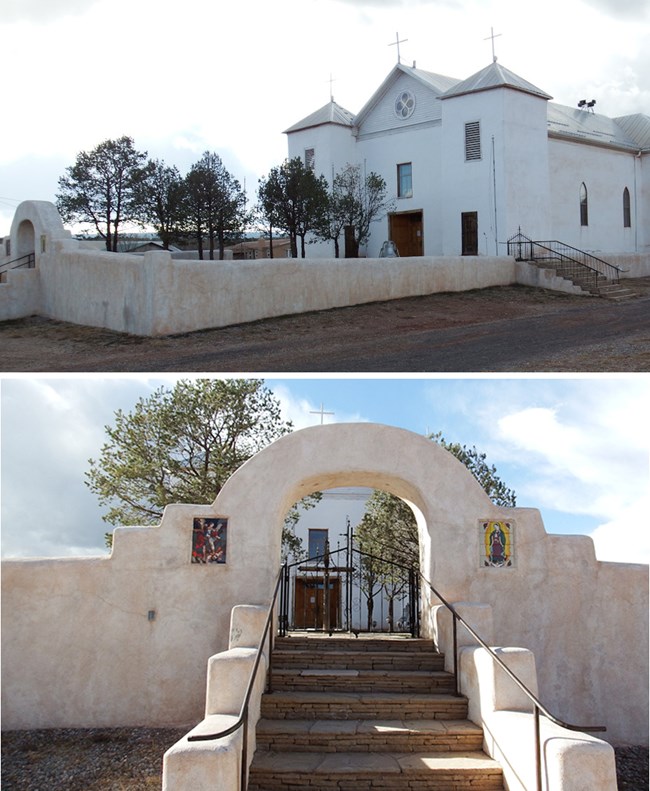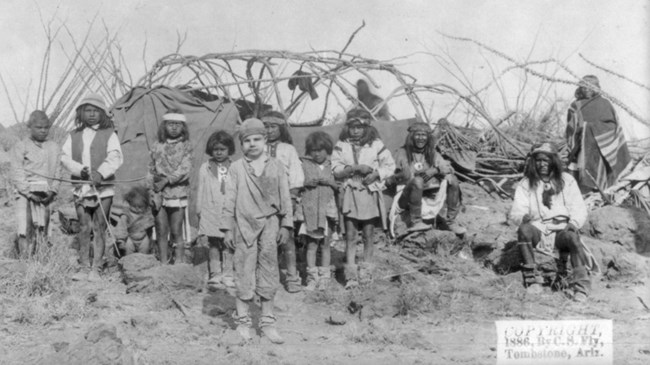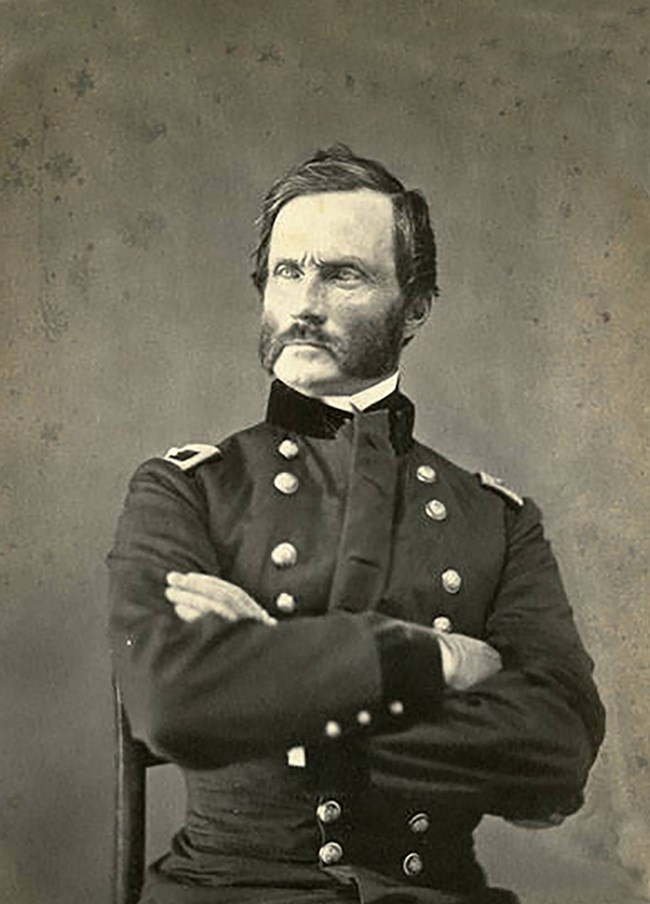
NPS Photos The newly arrived Americans would discover that New Mexico had a long traditon of slavery in the territory--a tradition that cut across racial and ethnic boundaries in complex ways. Ancient AntecedentsFor years, Indian warfare between tribes had included the taking of human captives to keep as slaves or to sell in the New Mexico trading towns of Pecos or Taos. In medieval Europe, the Spanish and Muslims also took slaves in their fighting against each other. So when the Spanish arrived in North America, they began seizing Indians as enslaved captives--using them in silver mines, as shepherds or as household servants. Likewise, various tribes began seizing Hispanos and using them as slaves. Slavery New Mexico-style was not the same as its namesake in the American South. The number of enslaved people in New Mexico was much lower as a portion of the overall population. And in New Mexico, most of the enslaved (or their offspring) eventually slipped back into mainstream society in one way or another. Whereas in the Deep South, enslaved African-Americans were consigned to slavery generation after generation. The GenizarosWhen Spanish raiders seized Indian captives, typically Navajos or Apaches, they were often brought into the captive family. Known as genizaros, the captives were usually kept as subservient members of the family. Historians have traced this tradition by researching church baptismal records, since the Spanish families typically gave the captives a Catholic upbringing. 
Arizona Historical Society Economics and DemographicsSlavery in New Mexico revolved around population trends and economic need. The Comanches and Kiowas, warlords of the Texas Panhandle and the nearby Plains, suffered steep, disease-induced population declines after contact with the Spanish and the Americans. So captives tended to be incorporated into their tribes. The PeonsAbout 20% of the captive labor used by Hispano families were fellow Hispanos. New Mexico had a well-entrenched system of peonage labor, with strong backing from the wealthy Hispanic establishment. Not technically slaves, the peons were poor laborers who were perpetually in debt to their patrons. They were obligated to labor for their masters as long as they were unable to pay off their debts. In some cases, poor laborers borrowed money to pay for expensive ceremonies in the Catholic church, such as marriages, baptisms or funerals. 
Courtesy Palace of the Governors Photo Archives (NMHM/DCA) By The NumbersPopulation figures for enslaved people are hard to come by. But by any measure, the enslaved population in New Mexico was a tiny fraction of the enslaved African Americans in the American South. |
Last updated: January 9, 2021
